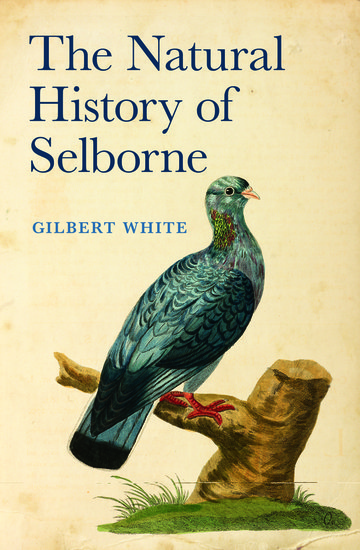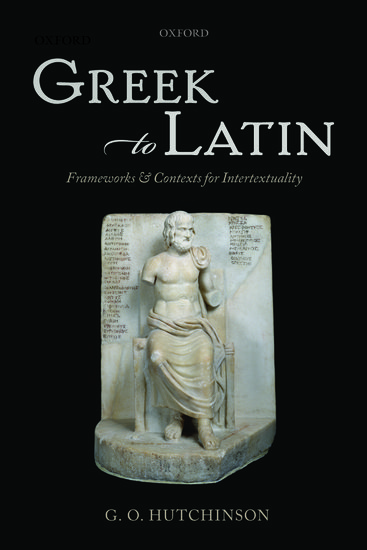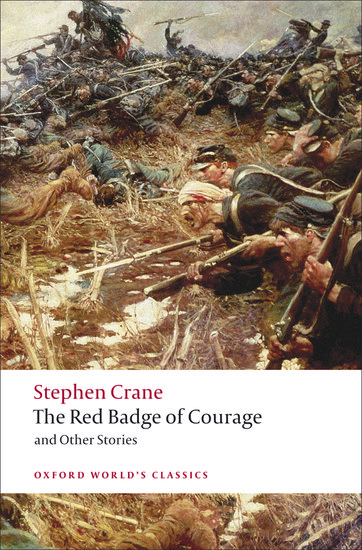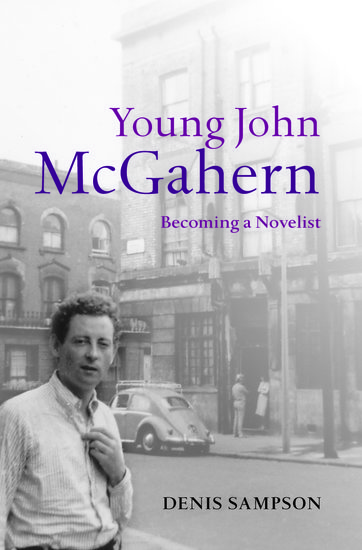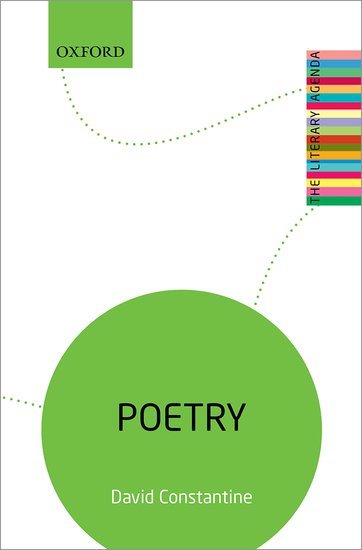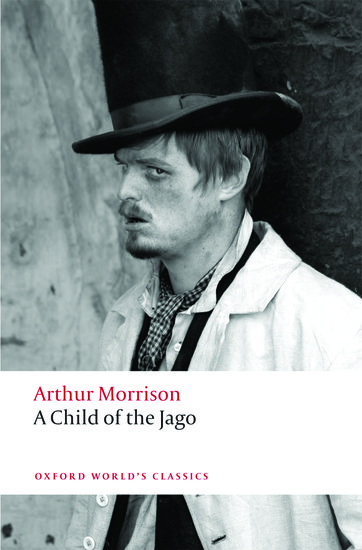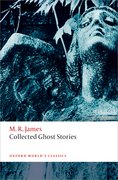Rowan Williams on C.S. Lewis and the point of Narnia
C.S. Lewis, the beloved author of The Chronicles of Narnia among other books, died 50 years ago today. Overshadowed by the assassination of President Kennedy and the death of Aldous Huxley, his death went largely unnoticed in the media, but his work continues to be debated.

